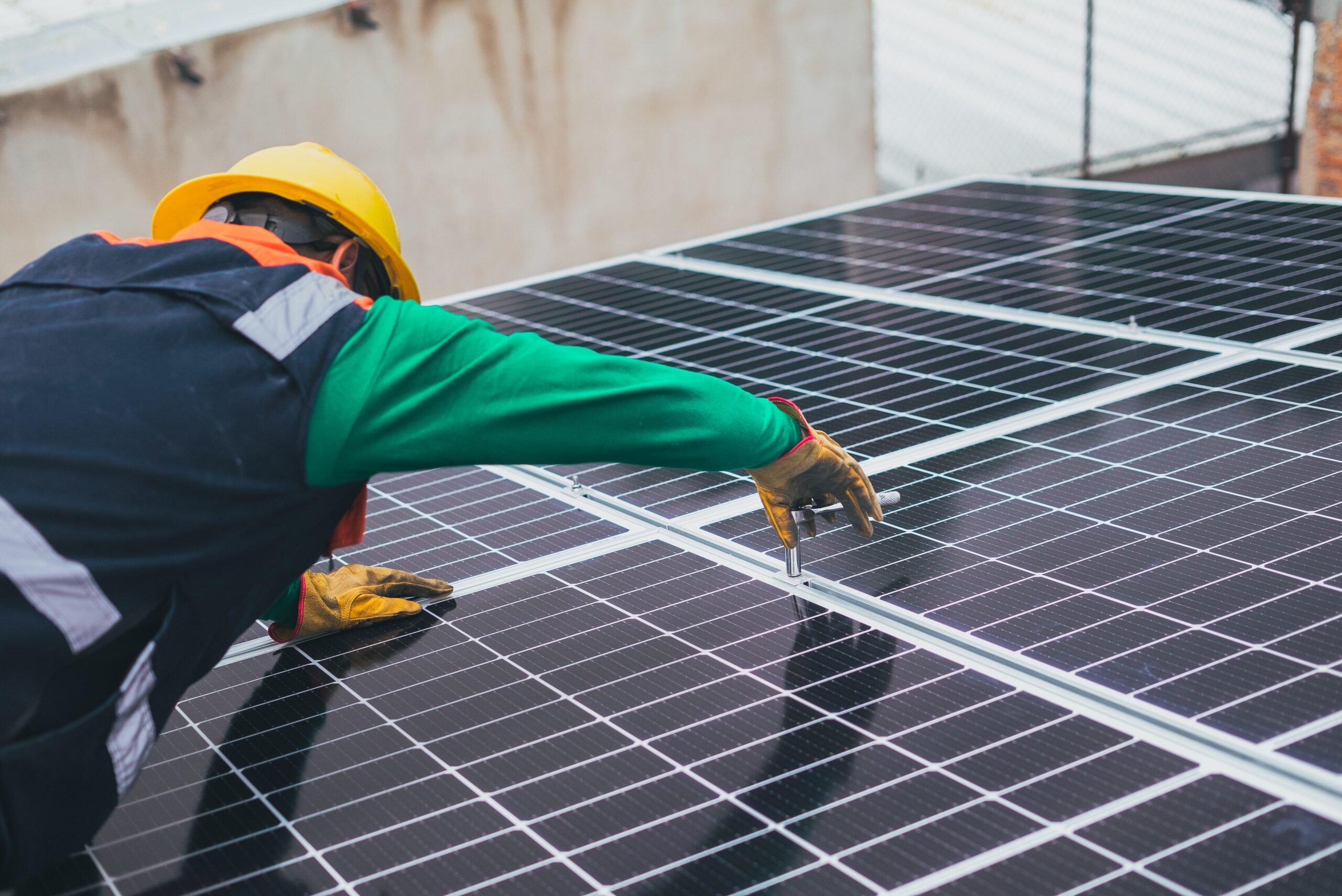Silica sand is a key component in the production of glass. It provides the necessary silica content, clarity, and chemical stability to produce different types of glass, including flat glass, containers, fiberglass, and specialty glass.
Silica sand is used in foundries as a molding material for creating molds and cores for metal casting. It provides high refractoriness, dimensional stability, and good permeability, allowing for the proper flow of molten metal and the production of accurate castings.
Silica sand is used in various construction applications. It is a key ingredient in concrete and mortar, providing strength, durability, and workability. Silica sand is also used as a filler in asphalt mixtures and as a component in bricks, tiles, and other construction materials.
Silica sand is widely used as a filter medium in water treatment processes. It effectively removes suspended solids, sediments, and impurities from water, making it suitable for drinking water, swimming pools, wastewater treatment, and industrial filtration applications.
Silica sand with specific properties, such as high purity and roundness, is used in hydraulic fracturing (“fracking”) operations to extract oil and natural gas from underground shale formations. The sand acts as a proppant, keeping fractures open to allow the flow of hydrocarbons.
Silica sand is commonly used in sports and recreational applications. It is used as infill material in synthetic turf systems for sports fields, providing cushioning, stability, and proper ball bounce. Silica sand is also used in horse arenas, golf course bunkers, and playground surfaces.
Silica sand is used as an abrasive material in various applications, including sandblasting, metal polishing, and surface preparation. It is valued for its hardness, durability, and ability to remove contaminants and create a smooth finish on surfaces.
Silica sand is utilized in the production of ceramics, such as sanitary ware, tableware, and decorative items. It is also used as a raw material in the manufacturing of refractory bricks and shapes for high-temperature applications like furnaces and kilns.
Haifa SILICA SAND - Bottles - 300" - Silica Sand for manufacturing Beer Bottles

"Haifa SILICA Photovoltaic – PV - 100" - Silica Sand for manufacturing photovoltaic (PV) glass
Solar-grade silica sand should have high silica content, typically above 99.5% or even higher. This ensures that the glass produced has excellent transparency and minimal impurities that could affect the performance of solar panels.
Iron impurities can cause discoloration and reduce the efficiency of PV glass. Therefore, solar-grade silica sand needs to have a very low iron content, usually less than 100 parts per million (ppm).
The particle size distribution of the silica sand is important for achieving uniform glass quality. Specific size ranges are often required based on the manufacturing process. The sand may undergo processes like washing, sieving, and grading to achieve the desired particle size distribution.
Apart from iron, other impurities like aluminum, titanium, and boron should be minimized to maintain the desired electrical and optical properties of the PV glass.

"Haifa SILICA SAND – Container - 150" – Silica Sand for manufacturing container glass.
Soda-lime silica sand should have a high silica content, typically around 70-75%. Silica (SiO2) is the primary component of glass, providing its structural integrity.
Soda (sodium carbonate) and lime (calcium oxide) are essential additives in container glass manufacturing. Soda helps in lowering the melting temperature of the glass mixture, while lime improves its chemical resistance. The levels of soda and lime are controlled to achieve the desired glass properties.
Iron impurities can impart a greenish tint to the glass, which is undesirable in container glass. Hence, the silica sand should have a low iron content, typically less than 150 parts per million (ppm) or even lower.
The particle size distribution of the silica sand is important for achieving consistent glass quality. It is often necessary to have a controlled range of particle sizes to ensure proper melting and forming of the glass during the manufacturing process.
Other impurities such as alumina, titania, and other metal oxides should be minimized to maintain the desired clarity and quality of the container glass.

"Haifa SILICA SAND – WINDOWS"
Float glass silica sand should have a high silica content, typically around 70-75%. Silica (SiO2) is the primary component of glass and provides its structural integrity.
Iron impurities can cause a greenish tint in the glass, which is undesirable for windows. Therefore, the silica sand used for float glass should have a low iron content, typically less than 150 parts per million (ppm) or even lower.
The particle size distribution of the silica sand is important for the formation of a uniform and smooth glass surface. Controlled particle sizes are necessary to ensure consistent glass quality and minimize surface defects.
Other impurities such as alumina, titania, and other metal oxides should be minimized to maintain the desired transparency, clarity, and optical properties of the glass.

"Haifa SILICA SAND – Filter sand"
Filter sand should have a specific particle size range to ensure effective filtration. The particle size is typically between 0.45 to 0.55 millimeters (mm) or as per the specific requirements of the filtration system. This particle size range allows for efficient removal of suspended solids and impurities from the fluid being filtered.
The silica sand should have a uniform particle size distribution to promote even flow and prevent channeling or clogging in the filtration system. This helps ensure that the water or fluid is evenly distributed across the filter bed, maximizing filtration efficiency.
Silica sand used in filtering systems should have a high silica content to provide good filtration properties. A minimum silica content of 90% is typically desired.
The silica sand should have low levels of impurities such as iron, manganese, organic matter, and other contaminants that could affect the quality of the filtered water or fluid. The specific maximum limits for impurities may vary depending on the intended application and local regulations.
Filter sand should be durable and resistant to degradation during the filtration process. This ensures that the sand maintains its integrity and does not break down or produce excessive fines that could clog the filter system.

"Haifa SILICA SAND – Horse Arena"
Particle Size: The particle size of arena sand is a crucial factor in providing a supportive surface for horses. The ideal particle size range for equestrian sand is usually between 0.1 to 2.0 millimeters (mm). This range allows for proper compaction, traction, and cushioning for horse hooves.
Arena sand with angular particles tends to interlock better, providing more stability and preventing excessive shifting or displacement under horse movement. The angular shape of the sand particles also enhances drainage.
The silica sand used in horse arenas should be clean and free of contaminants, such as clay, silt, and organic matter. Contaminants can affect the performance and quality of the arena surface, leading to poor drainage, uneven footing, and increased maintenance requirements.
Silica sand used for horse arenas should have good drainage properties to prevent the accumulation of water and maintain a consistent surface. Adequate drainage helps in reducing mud and keeping the surface firm and safe for horses.
Dust can be a concern in horse arenas, as it can cause respiratory issues for both horses and riders. Therefore, it is desirable to use silica sand that is low in dust content, ensuring a healthier environment for horses and riders.

"Haifa SILICA SAND – Decorative Sand"
The particle size of decorative sand can vary depending on the desired texture and appearance. It is often available in various grades or sizes, ranging from fine to coarse. The particle size affects the level of texture and the visual effect of the wall coating.
Silica sand used in wall coatings should have consistent particle sizes to ensure an even and uniform texture across the coated surface. Consistency in particle size helps to achieve a smooth application and consistent appearance.
Silica sand for wall coating applications is available in various colors or can be natural (unpigmented). The choice of color or appearance depends on the desired aesthetic effect and the design requirements of the project.
The silica sand should be durable and resistant to wear and abrasion to ensure long-lasting performance of the wall coating. This is particularly important for high-traffic areas or areas prone to impact.
Silica sand should be compatible with the base material and binders used in the wall coating system. It should blend well with the coating material and contribute to the desired properties of the finished surface.





